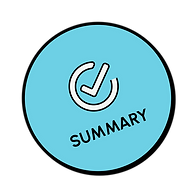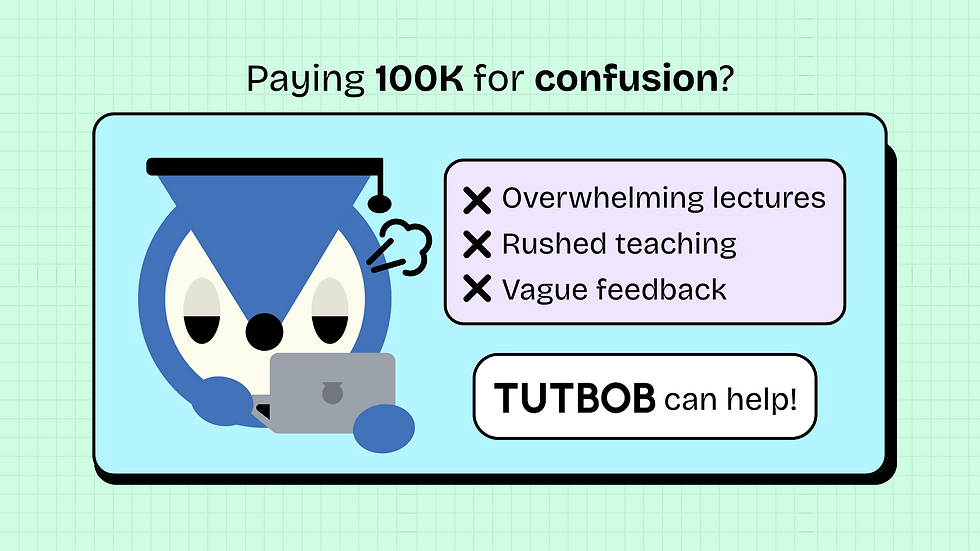AI isn’t making students lazy. It's making education smarter.
- Raylene

- Sep 1
- 2 min read

We all know the debate about AI in education.
Teachers worry it’s making students lazy. Some say it kills creativity, critical thinking and that AI is “destroying” schools and universities.
But is it really?
Here’s the truth nobody wants to admit: AI isn’t ruining education. It’s fixing it.
Students today aren’t living in the same world their parents or teachers did. Between expensive tuition fees, part-time jobs, family responsibilities, and endless assignments, they’re under more pressure than ever.
If a student uses AI to summarise a 50-page reading, take notes or brainstorm ideas for an essay, is that laziness? Or is it efficiency? We already use calculators for math, Grammarly for grammar, even search engines to answer questions in seconds. So why not use AI?
AI personalises learning to each student’s needs, something traditional ‘one-size-fits-all’ teaching cannot do.
Helps students with learning difficulties. With features like breaking down complex concepts, summaries and checklists of concepts. Tutbob adjusts to you.
AI gives instant explanations or corrections, whereas waiting for teachers takes days.
Teachers can use AI for grading, creating content, or designing lessons, freeing them to focus on teaching, not admin work.
Every generation has had its own tool, from blackboards, to calculators and Google.
Ours has AI, and it’s the smartest one yet!
AI provides students with all the information they need, and lets them spend time on what really matters: understanding, applying, and thinking.
The biggest myth is that AI will turn students into mindless robots.
But let’s be honest, copying out textbook definitions or formatting citations was never critical thinking to begin with. Instead of spending hours stuck on basics, students can debate ideas, explore multiple perspectives, and refine their own arguments with AI. Students don’t use AI to avoid work, but to save time and manage workloads. It pushes back, offers alternatives, and forces students to evaluate what’s good, what’s weak, and what makes sense.
For decades, the traditional classroom has left many behind, students with dyslexia, ADHD, autism, or those studying in a language that isn’t their first. Teachers try, but they can’t always meet everyone’s needs. AI can. It explains things in simpler words, translates instantly, adapts to individual learning styles, and is available 24/7 when teachers can’t be.
For students who usually struggle in silence, AI becomes the helping hand they never had.
This isn’t dumbing education down, it’s opening it up. With AI teachers are free to spend time one-on-one guidance and mentoring the things no machine can replace. For example, once a student understands a concept, it’s the teacher who helps them apply it in the real world and grasp it in a practical way.
AI makes education stronger, smarter, and more human. Students aren’t lazy, they’re adapting. They’re finding smarter, faster ways to learn in a world that demands exactly that: adaptability, efficiency, and fluency. AI makes them prepared.
Perhaps the real fear is that AI is exposing how outdated our education systems truly are. AI isn’t here to destroy education, it’s here to make it fairer, faster, and more relevant to the real world.
So the question we should be asking isn’t, "Should students use AI?” It’s, “Why are we so afraid of tools that finally make education better?














Comments